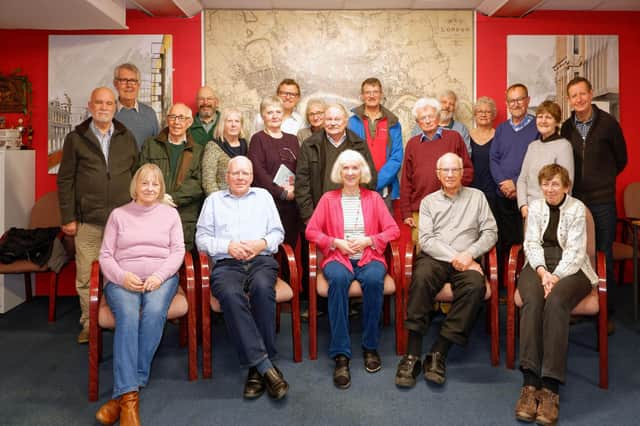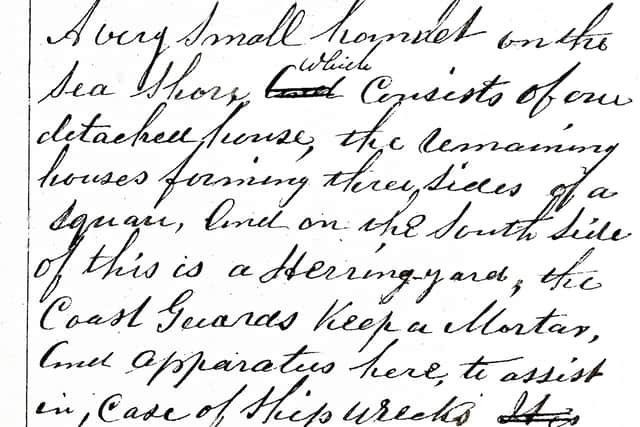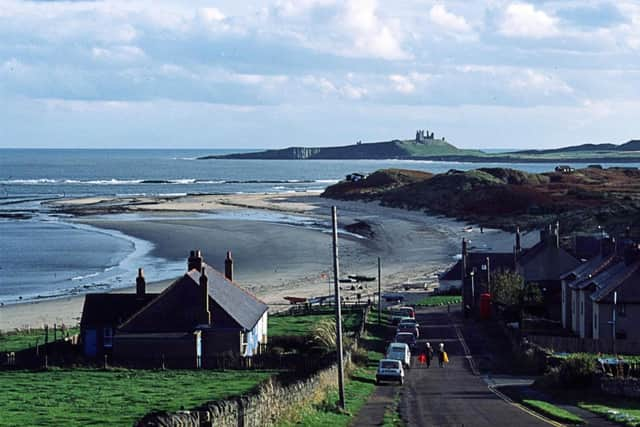19th century Northumberland people and places brought to life via new website


A new website – namebooks.org.uk – is launching on September 1 and anyone interested will be able to search the contents of over 100 notebooks documenting the pioneering fieldwork behind the original Ordnance Survey maps created in the 1860s.
In the years around 1860, Northumberland (including Tyneside) was invaded by sappers of the Royal Engineers — a peaceful invasion, armed with notebooks and surveying gear. Together with civilian surveyors, they were part of the first Ordnance Survey of Britain and Ireland.
Advertisement
Hide AdAdvertisement
Hide AdAll the fieldwork for Northumberland is recorded by hand in 103 ‘Name Books’, now housed in The National Archives, Kew and one (covering Berwick) in Edinburgh.


They are a lucky survival, as nationally all the Name Books for England except for those in the four northern counties and parts of Hampshire were destroyed in the Southampton Blitz.
Since 2016, retired Newcastle University professor Diana Whaley has been leading a project to bring the Northumberland Name Books into public view. This involved digitising over 10,000 images from the Kew archives. A team of over 30 dedicated volunteers then transcribed the pages, which have now been uploaded onto the specially developed website.
The surveyors’ brief in compiling the Name Books was to note the name of every place to appear on the map, including variants and the local informants who vouched for them, and then decide on the definitive form.
Advertisement
Hide AdAdvertisement
Hide AdOver 15,000 Northumberland names are recorded, many of them using dialect terms such as law and knowe for hills or burn, letch and sike for streams.


Some are bizarre gems such as Shinny Gripe Lug, Kitten Tom and two Glororums.
"The language and history of Northumbria came alive as we worked through the Name Books,” explains volunteer transcriber Christopher Coombe.
Each record also includes ‘descriptive remarks’, so there are thumbnail sketches of thousands of places in every corner of the county.
Advertisement
Hide AdAdvertisement
Hide AdMany entries are terse and business-like, but some add snippets of local history or legend, or colourful details that go way beyond the needs of mapping.
"For anyone interested in our area’s past and present, in names, or in the story behind our mapping, the Northumberland Name Books are a wonderful resource well worth exploring,” said Professor Whaley.
